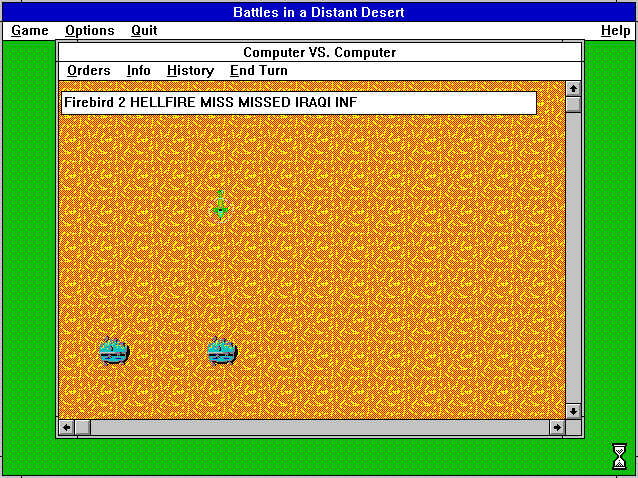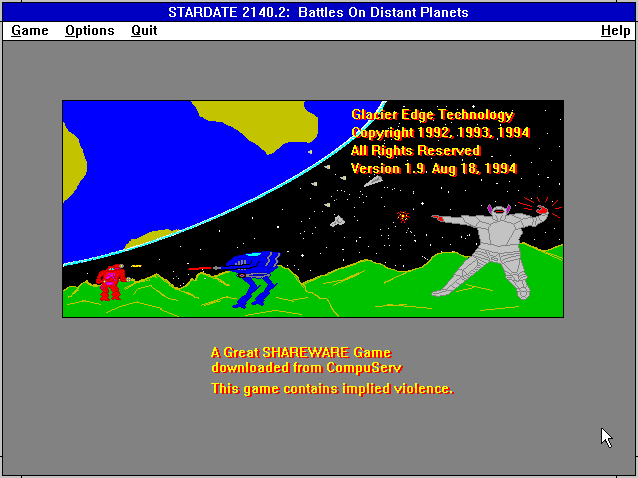There are plenty of good things that come out of it, however, I'll be focusing on the dark side of it on this thread. 🌑
Revealing the dark side of open source projects
🧵👇
There are plenty of good things that come out of it, however, I'll be focusing on the dark side of it on this thread. 🌑
It's not unusual to see companies leading the top starred/ forked and used libraries out there.
Angular (Google)
Font-Awesome (Twitter)
React (Facebook)
Bootstrap (Twitter)
Tensorflow (Google)
Flutter (Google)
VsCode...
Here's the thing: 👇
Then, with a bit of luck we can gain some track and carry some people with us on the way.
Gain some stars, becoming a trending dev a couple of days and have a usable and decent project
It is a constant flow of new bugs, issues, questions, enhancements… A never ending task demanding constant monitoring.
That's what I like to call: "The maintenance dilemma".
At some point in time, you’ll have to take a decision:
1 -You stop maintaining it.
2- Or you keep doing it.
You’ll have to choose between a barbecue with friends during the weekend or fixing bugs and closing issues by yourself at home.
Between chilling out with a movie or adding new "urgent" feature.
You know you won’t have time for it unless you decide sleeping is for losers, and at that point, your life is at risk.
Are you sure about that?
I bet you've found tens of unmaintained or dead projects with no support and issues getting accumulated
The "community" tend to just use your "free" project and few are the ones willing help maintaining and improving a project in the long term.
Now, on top of all you do, you'll have to review their pull request, understand it and potentially get into a conversation to fix that issue/feature you've never thought of.
https://t.co/zWfvFiA3Jo
Sure! But specially if developers working on them don't burn out.
Great open source projects tend to be the ones maintained by developers who get paid to work on those.
Those who can dedicate their full-time and effort on improving them.
"But Alvaro, how? Didn't you burned out?" 👇
6 months after that I quit my job to dedicate full-time to it.
I happily answer emails, stackoverflow questions, Github issues, Webflow forums and DMs on Twitter.
I don't see it as a sacrifice anymore but as great opportunity to work on what I like.
It's good for me AND it's good for developers who want to use it.
I've been lucky finding this equilibrium, but not everybody can.
When this doesn't happen, the dark side might end up turning down some projects on the way.
Here's great talk from @fat from Bootstrap and Bower explaining why he feels guilty creating open source projects and the cost of it:
https://t.co/v5a7ZXUtHb
And remember:
“If Once You Start Down The Dark Path, Forever Will It Dominate Your Destiny.”
You May Also Like
Trending news of The Rock's daughter Simone Johnson's announcing her new Stage Name is breaking our Versus tool because "Wrestling Name" isn't in our database!
Here's the most useful #Factualist comparison pages #Thread 🧵

What is the difference between “pseudonym” and “stage name?”
Pseudonym means “a fictitious name (more literally, a false name), as those used by writers and movie stars,” while stage name is “the pseudonym of an entertainer.”
https://t.co/hT5XPkTepy #english #wiki #wikidiff
People also found this comparison helpful:
Alias #versus Stage Name: What’s the difference?
Alias means “another name; an assumed name,” while stage name means “the pseudonym of an entertainer.”
https://t.co/Kf7uVKekMd #Etymology #words
Another common #question:
What is the difference between “alias” and “pseudonym?”
As nouns alias means “another name; an assumed name,” while pseudonym means “a fictitious name (more literally, a false name), as those used by writers and movie
Here is a very basic #comparison: "Name versus Stage Name"
As #nouns, the difference is that name means “any nounal word or phrase which indicates a particular person, place, class, or thing,” but stage name means “the pseudonym of an
Here's the most useful #Factualist comparison pages #Thread 🧵

What is the difference between “pseudonym” and “stage name?”
Pseudonym means “a fictitious name (more literally, a false name), as those used by writers and movie stars,” while stage name is “the pseudonym of an entertainer.”
https://t.co/hT5XPkTepy #english #wiki #wikidiff
People also found this comparison helpful:
Alias #versus Stage Name: What’s the difference?
Alias means “another name; an assumed name,” while stage name means “the pseudonym of an entertainer.”
https://t.co/Kf7uVKekMd #Etymology #words
Another common #question:
What is the difference between “alias” and “pseudonym?”
As nouns alias means “another name; an assumed name,” while pseudonym means “a fictitious name (more literally, a false name), as those used by writers and movie
Here is a very basic #comparison: "Name versus Stage Name"
As #nouns, the difference is that name means “any nounal word or phrase which indicates a particular person, place, class, or thing,” but stage name means “the pseudonym of an
My top 10 tweets of the year
A thread 👇
https://t.co/xj4js6shhy
https://t.co/b81zoW6u1d
https://t.co/1147it02zs
https://t.co/A7XCU5fC2m
A thread 👇
https://t.co/xj4js6shhy
Entrepreneur\u2019s mind.
— James Clear (@JamesClear) August 22, 2020
Athlete\u2019s body.
Artist\u2019s soul.
https://t.co/b81zoW6u1d
When you choose who to follow on Twitter, you are choosing your future thoughts.
— James Clear (@JamesClear) October 3, 2020
https://t.co/1147it02zs
Working on a problem reduces the fear of it.
— James Clear (@JamesClear) August 30, 2020
It\u2019s hard to fear a problem when you are making progress on it\u2014even if progress is imperfect and slow.
Action relieves anxiety.
https://t.co/A7XCU5fC2m
We often avoid taking action because we think "I need to learn more," but the best way to learn is often by taking action.
— James Clear (@JamesClear) September 23, 2020









